
You’re never going to believe this — it’s only been two months since I covered the best hearing aids of 2025, and already three of the big six hearing aid manufacturers have released brand-new models.
I’ll be honest — I can barely keep up myself, so I completely understand if you’re feeling the same way. But I never want to leave you in the dark. So, I’ve pulled together this updated guide to make sure you’re right up to date with the latest innovations in hearing aid technology.
Harley Street Hearing is fully independent, meaning I can recommend whatever hearing aids I believe are best – no brand loyalty, no bias. That means I’ve got hands-on experience with almost every device on the market. So whether you’re upgrading your current hearing aids or buying a pair for the very first time, this post will help you cut through the noise and feel confident ahead of your next audiologist visit.
Meet the newest hearing aids of 2025
Let’s start with a physical comparison of the latest hearing aids released this year. In this roundup, I’ll be covering:
- Oticon Intent
- Phonak Audéo Infinio
- Starkey Edge AI
- Widex Allure
- Signia IX
- ReSound Vivia
Here’s a quick run-through of what’s on offer from each brand:
Oticon
The Intent miniRITE is currently the only model on Oticon’s newest platform.
Phonak
Two models available:
Starkey
Part of the Edge AI family with three RIC models:
Widex
One model on the Allure platform:
The Resound Vivia family, released in February 2025, includes:
Signia
Four RIC models in the IX family:
Smallest hearing aid of 2025
If looks are your top priority, the ReSound Vivia RIE is the smallest receiver-in-canal hearing aid on the market, followed by the Starkey mRIC R, Phonak Audéo Infinio, and then Widex Allure.
However, choosing based solely on appearance can lead to compromises in features and performance. Discretion can come at a cost — quite literally — so I recommend taking all features into account before making a decision.
If you’re more interested in bold, design-led hearing aids, check out the Signia Styletto, Phonak Slim, or Widex SmartRIC. Just note: not all of these are available on their latest platforms, which means you could be stepping backwards in tech.
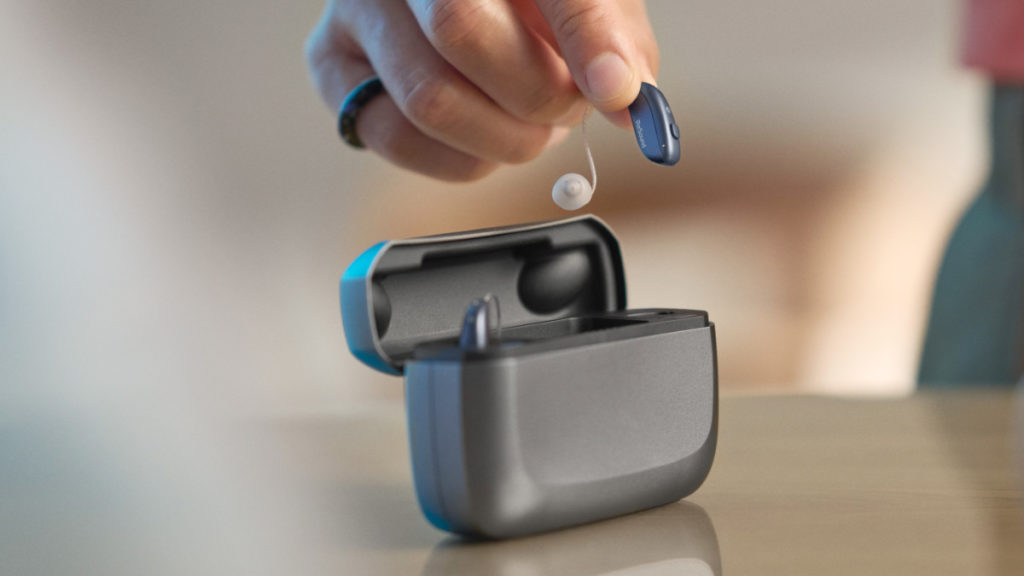
Feature #1: Suitability
Each hearing aid make/model has its own individual fitting range, which is essentially the level of hearing loss that it’s capable of dealing with.
And if you’re thinking, “Well, I’ll just get the most powerful hearing aid out there so that it will last as long as possible,” you’re right to an extent. But in some instances, a more powerful hearing aid does require a more powerful speaker, and the more powerful the speaker, the bigger it is. So again, if discretion is the most important thing for you, then selecting the correct power level is essential.
On top of that, the power of the speaker also affects its frequency response too, with more powerful speakers tending to provide less high-frequency gain. So it’s important—very important in my opinion—that the power level is just right for you and your hearing loss.
If you ask me, one of the many reasons that the receiver-in-canal style of hearing aids are the best out there is because their speakers are fully interchangeable, making them suitable for varying degrees of hearing loss, and so if your hearing happens to change, then you won’t necessarily need to look at new tech in the future, as the hearing aid can be physically adapted to meet your needs.
Phonak ActiveVent Receiver
Phonak’s ActiveVent is, without question, my favourite unique receiver technology, which has been around for a few generations of hearing aids now, and I’d recommend that you stick around, as you’ll like what this thing does.
Within the custom mould, there is a built-in moving piston that changes its position depending on your listening environment, allowing either more or less sound to be diverted naturally via your ear canal or, on the contrary, via the hearing aids.
In turn, this can enhance how clearly you’ll hear, it will enhance how well you hear in noise, how your voice sounds, and how music or calls sound when they’re being streamed from your phone.
Now, if you’re wondering why this matters, there are both positives and negatives to having your ear canals either open or closed, and depending on your hearing loss, sometimes it’s beneficial to have a hearing aid that can do both on different occasions — which, until ActiveVent was released by Phonak, wasn’t possible.
For example, in a quiet environment, you might want the vent to be open, allowing all sound in and out, giving you a nice, natural feeling, connecting you with your environment. Yet, when you’re in noise, it’s better to have your ears completely closed, so that all of the sound that you’re hearing is via your hearing aids, maximising their ability to remove background noise.
If you think about it, if there’s any noise travelling down your ear canals which hasn’t been through the hearing aid and processed by the hearing aid, then it won’t have been cleaned up and it won’t have had any of the noise reduction capabilities applied.
ReSound M&RIE Receiver
Now, to highlight the impact that it has on music, when streaming is activated from your phone, ActiveVent will close, blocking sound both in and out, enhancing music and giving it a greater depth and richness.
Alternatively, ReSound have their own unique receiver technology called M&RIE, which stands for Microphone & Receiver-In-Ear, and is the only receiver technology available that has an extra microphone sitting at the entrance of your ear canal.
ReSound boasts that by having this extra microphone in the ear, this allows the hearing aid to take into account the shape and size of your personal anatomy, which will have a significant impact on the sound, giving you a more immersive hearing experience with greater depth and also a sense of spatial awareness.
This microphone is automatically enabled in a quiet environment, when you want to hear everything that’s going on around you, and then, when the hearing aids detect any degree of background noise — let’s say in a restaurant, for example — this additional microphone switches off, and then the directional microphones on the hearing aids kick in, giving you the most effective speech understanding and background noise that ReSound can produce.
As a result, ReSound claims that this improves sound localisation by around 15% when compared to omnidirectional BTE microphones, and around 10% when compared to hearing aids that provide pinna compensation.
Feature #2: The Tip
If this part of your hearing aid isn’t right, then your hearing aids will not function as well as they should do.
It’s easy to think that the tip is just about comfort, but there’s way more than that to consider when choosing the right setup for you.
For example, it can affect:
- the clarity and sharpness that your hearing aid provides,
- how full and rich it sounds,
- how good it sounds when streaming from your phone, and
- most importantly for most of you, how well it copes in background noise.
Now, I’m not saying that it happens often, but the easiest option for both you and your audiologist is to fit you with a generic rubber tip. And as a result, I’ve had plenty of patients land in my clinic with hearing aids from other practices that haven’t been working well — and all I’ve needed to do, just one simple change, was make a custom mould, perform real ear measurements, and sprinkle on a little magic. That has transformed the tech into a brand new set of hearing aids.
So if I were you and being fitted with a hearing aid, I would ask your audiologist if custom tips are suitable for you — as I do personally try and fit them on as many hearing aids as possible, where appropriate.
Feature #3: User controls
When it comes to controlling hearing aids, some of my patients like the ability to adjust their settings — and others don’t like to make any adjustments whatsoever.
Each hearing aid manufacturer has their own way of allowing you to make adjustments to the settings, which I’ve split into two groups for you today:
firstly, physically, and secondly, via each manufacturer’s respective app.
Physical Controls
There are four different categories for physical adjustments. Bear with me, because it’s worth learning about this first group — which I personally feel are the most versatile, and is therefore my favourite group.
Group 1: Rocker Switches (My Favourite)
These hearing aids have a rocker switch built in, meaning there are technically two buttons on each hearing aid. Because they’re soft keys, their functions can be customised for your needs, such as:
-
Volume control
-
Mute function
-
Changing programmes (e.g. connecting to a loop system, TV, or even a restaurant mode)
-
Answering or hanging up phone calls

Group 2: Single Button
The second group of hearing aids has just a single button, which still gives you some degree of adjustability, but in my opinion, it’s a little bit more fiddly.
What I mean by that is:
Other than that, the functionality is pretty similar to group one.
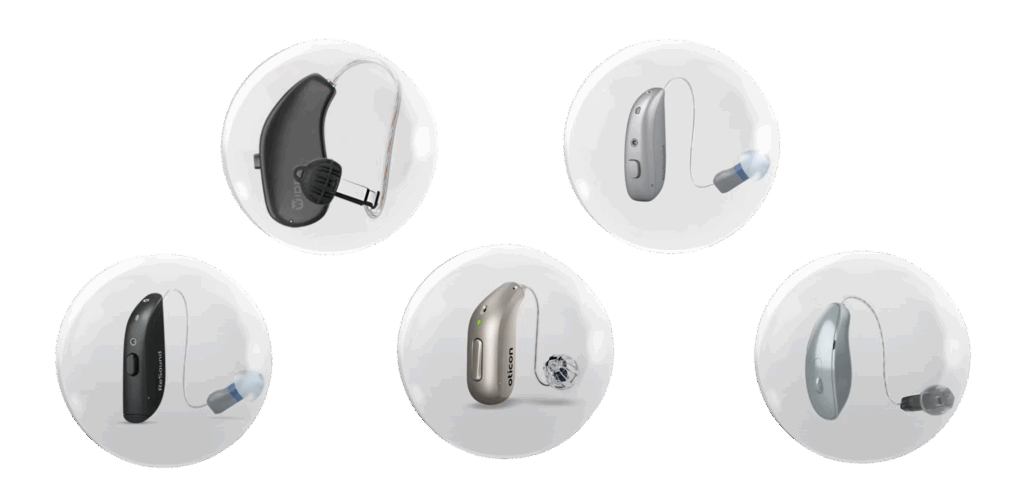
Group 3: Tap Control
Now, this is a pretty cool feature. Some hearing aids have tap control, which is a spin-off of the accelerometers built into the devices (I’ll cover this more later when talking about automatic setting adjustments based on your movement).
From a user control point of view, these hearing aids let you:
-
Answer or decline phone calls by tapping your ear
-
And in the case of Phonak Infinio, you can even activate Siri or Google Assistant — without needing to take your phone out of your pocket
Not everyone uses this, but those who do absolutely love it.
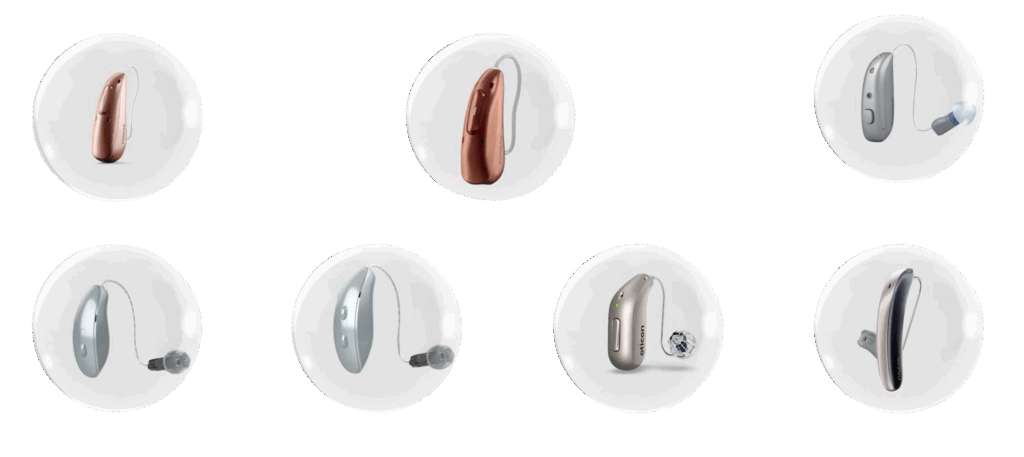
Feature #3: App-Based Controls
The downside of adjusting your hearing aids using physical buttons is that it can clearly be a bit fiddly. And while your hearing aids will beep in your ears to notify you of any changes you’ve made, it’s not the same as being able to see what you’re doing on your phone.
That’s why adjusting your hearing aid settings using each manufacturer’s individual app has been a game-changer in audiology.
Plus, it gives you access to a ton of other features not possible using a button or two.
Now, my plan isn’t to go into too much detail on the apps today — because honestly, they’re all fairly similar, and this is already a lengthy video!
But if I had to choose my two favourite apps, I would hands down recommend:
-
Phonak’s myPhonak app
-
ReSound’s Smart 3D app
They’re the most reliable, user-friendly, and intuitive, and they give you access to loads of useful controls you won’t find in other apps.
Feature #4: Water resistance
Every hearing aid that I’m covering today has an IP68 water resistance rating, meaning they can technically be submerged in a metre and a half of water for 30 minutes, and they should still function afterwards.
Now, this isn’t just a rating reserved for hearing aids — you’ll also find it in things like your smartphone, which you might even be watching me on right now.
That said, two manufacturers — Phonak and Starkey — have gone the extra mile and put their hearing aids through some seriously rigorous testing to ensure they can handle the hammering they’re likely to get in daily life.
This includes robustness testing like:
-
Simulated sweat tests
-
Seawater, saltwater, and chlorinated water exposure
-
Freshwater testing in a pressurised chamber
Phonak’s Protection
Phonak are boasting that they’ve:
-
Added additional microphone protection
-
Sealed the seams with silicon
-
And coated the internal components with a parylene coating — which I’m told is the same protection system NASA use on their spacecraft
Starkey’s Approach: Pro8 HydraShield
On the other hand, Starkey have developed their Pro8 HydraShield waterproofing, which includes:
-
A Kevlar-reinforced receiver — the same Kevlar used in military-grade bulletproof vests
-
Redesigned acoustic ports
-
An internal microphone mesh barrier
-
Silicon-sealed casing
-
And specially coated internal components too

I’d say for the majority of you watching, the standard IP68 rating will be more than enough.
However, if you live a lifestyle that demands next-level protection, then one of those two models — Phonak or Starkey — may just be the right hearing aid for you.
Feature #5: Battery power
So there are three groups when it comes to batteries and rechargeability today:
Firstly, we have those that use disposable batteries, and it may surprise you to learn that the battery life isn’t determined by the hearing aid, but more by the size of the battery itself, with smaller batteries needing changing more often. These hearing aids use a size 312 battery, which will last anything from around 5 to 7 days.
And then, finally, there’s the unique ReSound Vivia RIE13, which is the only hearing aid using a disposable size 13 battery that I’m covering today, which should last you from 7 to 10 days before it needs changing.
According to a recent poll that I put out there on YouTube, the majority of you watching use rechargeable hearing aids rather than disposable batteries. And again, I can split rechargeability into two different groups:
Firstly, those that will provide around 24 hours of life, which has rightly been the industry standard since rechargeability came onto the scene.
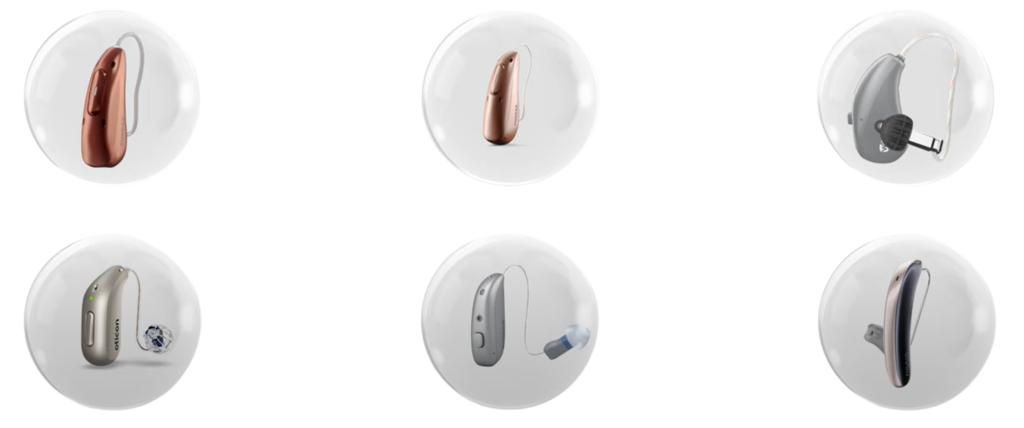
And then secondly, we have a group of rechargeable hearing aids, such as those from Signia and Widex, in which you can get up to 35 hours per 3-hour charge, with Starkey boasting a whopping 51 hours of charge.
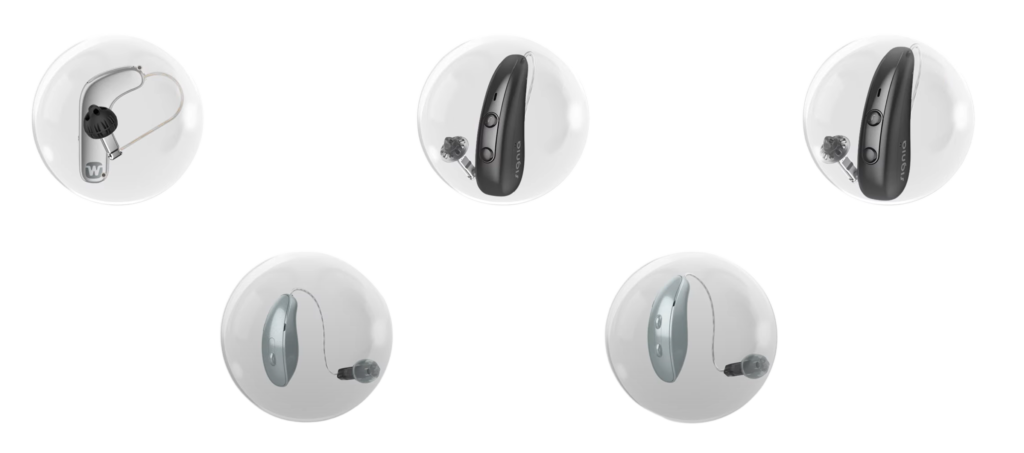
Now, in my opinion, these hearing aids were not built with an extended battery life so that you can go partying in Cancun for three days without the need to sleep — but, believe it or not, it’s because lithium-ion batteries in general (which is the same chemistry that’s in your phone, your laptop, etc.) are known over time to deteriorate in health, which means that after a few years, a full charge may not last you for a full day.
Now, whilst this doesn’t matter so much with a laptop or a phone, if your hearing aid battery stops lasting for a full day, then you’re in a bit of trouble. So, the advantage of some of the newer releases means that in the future, if the health of the battery does start to decline, they should still last you for a full waking day.
So, as far as batteries go, the patients that prefer disposable batteries are those that tend to travel a lot and don’t want to have to remember to carry their chargers with them, or those that like the security of carrying batteries around with them instead.
With rechargeable batteries, yes, there are differences in the overall life of the batteries of these hearing aids, but I personally don’t feel that this is a reason to choose one manufacturer over another, as long as they will last you for a full working day.
If they don’t last a full day over time, most manufacturers are pretty good now, and if your batteries do start to deteriorate, they’ll replace them under the warranty.
Feature #6: Technology levels
Now, not only are there various models of these hearing aids available, but each also comes in different technology levels too, each with differing features around the hearing aid’s ability to cope in background noise, around how they’ll provide you with clarity and distinction, and also around how they’ll cope in more complicated listening situations. Now, keep in mind that you’ll pay more for a more advanced hearing technology level and prices can vary depending on the audiologist that you see.
This table compares the different features in the various technology levels of the Oticon Intent. These are the differing features within the family of Phonak Infinio hearing aids. Here are all of the differences between the Starkey Edge AI hearing aids. Next, this table shows the various features that you’d have access to in the Widex Allure family of hearing aids. The penultimate table outlines the features in each of Resound’s Vivia family of hearing aids, and then finally, this table contains all of the information that you need to know about the features within the Signia IX hearing aids.
Yes, I get it, there is a lot of information on each of these tables and there is way too much information to cover in today’s video without making it 14 hours long. And I’ve got to be honest now, I don’t think I can keep up this level of enthusiasm for as long as it would take to cover them all. But I would suggest taking a solid look through each of these tables, looking at the features that resonate with you, and then having a good chat with your audiologist about its suitability for your hearing loss and your hearing difficulties.
Now, that nicely brings me on to the subject of audiologists, and I’ve got to say to you: to make sure you get the best out of your ears, I am begging you to make sure that you find yourself an independent audiologist who has access to hearing aids from all hearing aid manufacturers. Why do I say this? Well, most chains—in fact, all chains—and a few independent practices only work with a handful of hearing aid manufacturers, and in that instance, you’re not necessarily going to be recommended what’s best for you, but whichever hearing aid technology they have access to or personally get the best deal on.
Feature #7: Artificial Intelligence
Phonak, Oticon, Starkey, and Resound utilise a form of offline artificial intelligence within their hearing aids, meaning they have trained them to categorise the environment that you’re in and accurately decide upon the most appropriate setting for you in that particular moment in time. Oticon claim that their hearing aids are trained from 12 million sound scenes, Resound 13 million, Phonak 22 million, and Starkey claim their tech is making up to 80 million adjustments per hour.
So, there’s clearly some pretty powerful computational power going on inside these little powerhouses, ensuring that you’re being delivered the right sound for your hearing loss and environment. Not only that, but the hearing aids are designed—when they know which situation you’re in—to focus on the person that’s in front of you and reduce and attenuate the sounds that you don’t want to be hearing.
Now, it’s worth me mentioning that other manufacturers, such as Widex and Signia, also use artificial intelligence within their hearing aids; however, in quite a different way. Both manufacturers allow you to make adjustments to your hearing aids via their apps, and then the changes that you make are compared to thousands of other hearing aid users for similar environments, with the hearing aids then adjusting the settings accordingly. If you ask me, the only downside to this form of AI being built into hearing aids is that it requires your input, and the majority of people that I see would rather let the hearing aids do everything as automatically as possible.

Feature #8: Motion sensors
Working alongside its artificial intelligence, Oticon, Phonak, Starkey, and Signia utilise accelerometers or motion sensors in their hearing aids. Now, this concept isn’t new in itself, with Signia first introducing motion sensors in their tech in 2019; Phonak in 2020; Starkey in 2023; and then Oticon finally joined the party in 2024.
If you’re sat there thinking to yourself, “Why on earth would a hearing aid have built-in motion sensors?” — that’s a fair enough question to ask. Hold on tight, because you’re going to love this. Essentially, they provide information to your hearing aids based on your movement, anticipating, with greater accuracy, the specific needs for your listening situation. In practice, this means that if you’re sat down in a restaurant, you’d normally want to hear the person speaking in front of you, and perhaps a little to the side too. However, as soon as you stand up and start walking, we would normally want to be able to hear the person by our side as we’re walking along, as it’s unlikely that you’ll have somebody walking in front of you and walking backwards. The motion sensors help the hearing aids to recognise that and adjust themselves accordingly.
Whilst this is available with Oticon, Phonak, Starkey, and Signia, some manufacturers only include this feature in their rechargeable models, so in my opinion, this should be another factor that pushes you towards rechargeable hearing aids.
Now, one last point on these motion sensors. If you’re thinking, “Matthew, your review is fantastic; however, you’ve missed out Resound’s hearing aids,” — you’re right, I have. But they’re solely used as a tap control feature for answering and hanging up phone calls, like so. They’ve got nothing to do with improving hearing in different listening situations.
In my opinion, the world of hearing aids is an incredibly difficult one to navigate. You’ll see different reviews online where hearing aid users conflict with one another, and to be honest, when it comes down to sound quality, online reviews can be pretty useless. Other people’s hearing won’t be the same as yours, they won’t have the same challenges as you, and remember, hearing aids come as a blank canvas. It’s the role of your audiologist to (A) choose the most appropriate hearing aid technology for you, and (B)—which is way more important—to set them up appropriately for you using gold standards.
Matthew Allsop is a Partner at Harley Street Hearing, and Europe’s biggest hearing technology Youtuber for Hearing Tracker, where he shares his honest opinion on all new hearing aid technology. Hearing Tracker is the world’s first truly independent resource for hearing aid customers. You can view his video comparing the best hearing aids of 2025 below.
Enjoy this article? You might be interested in some of our others:
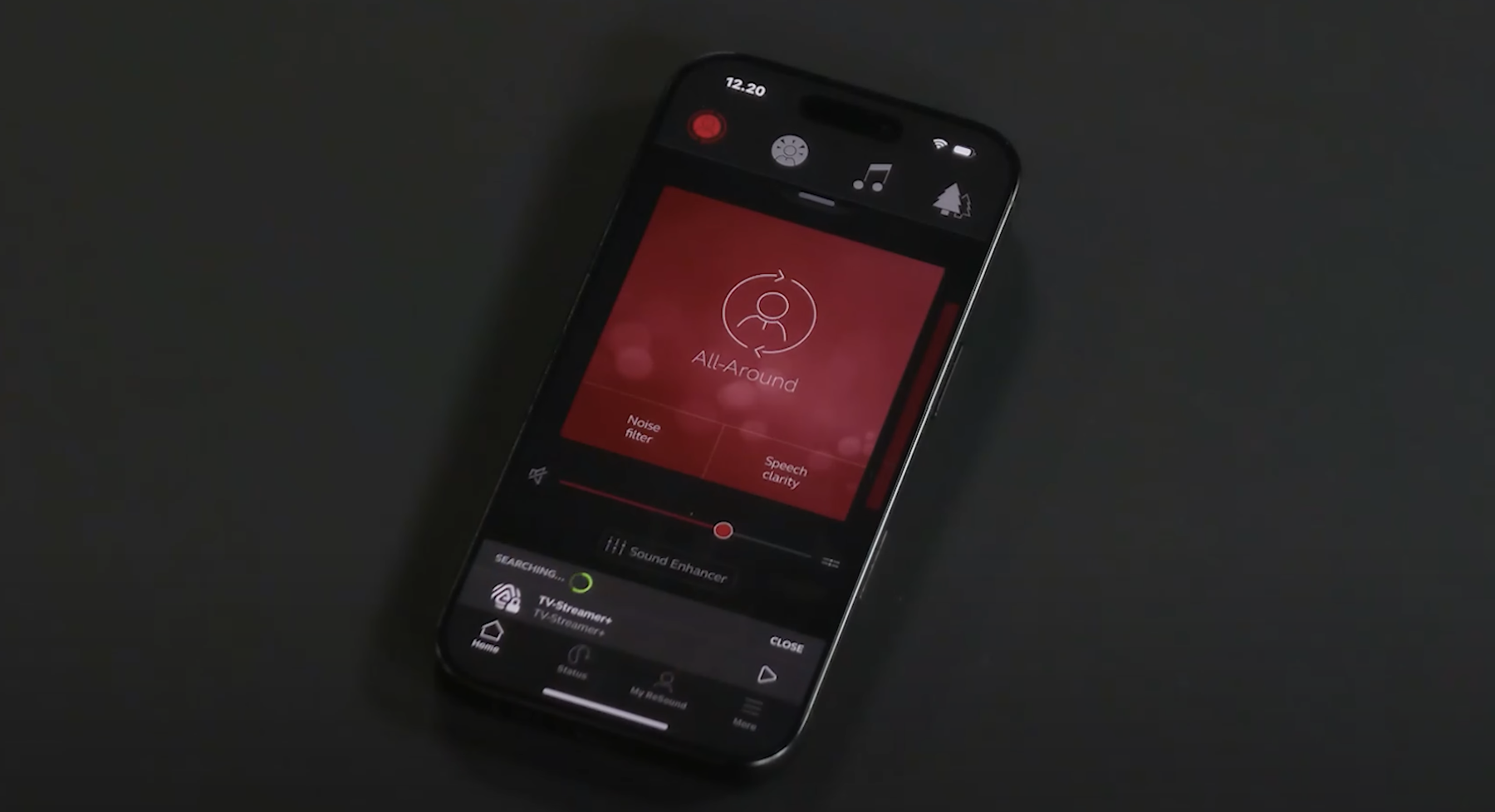
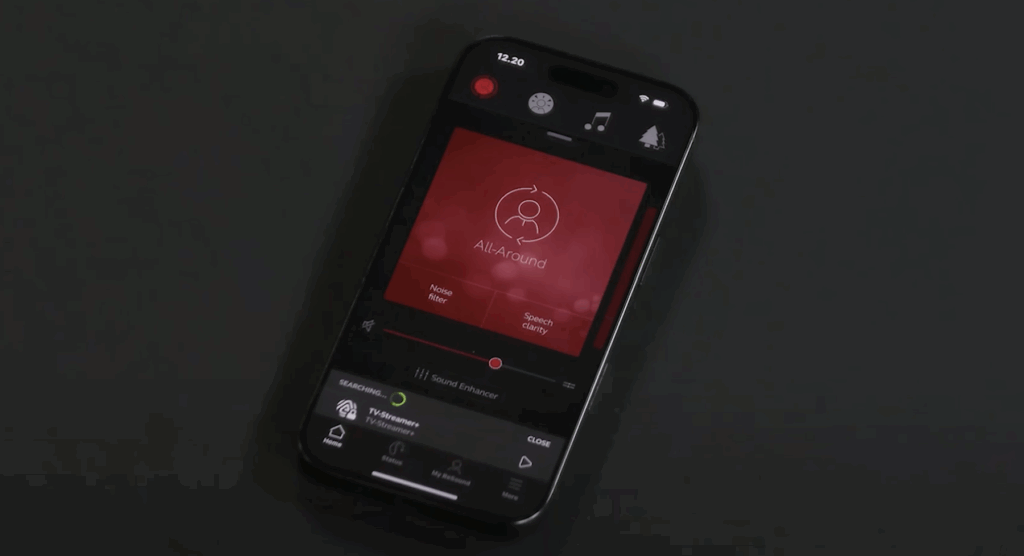

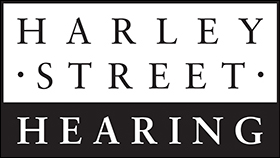










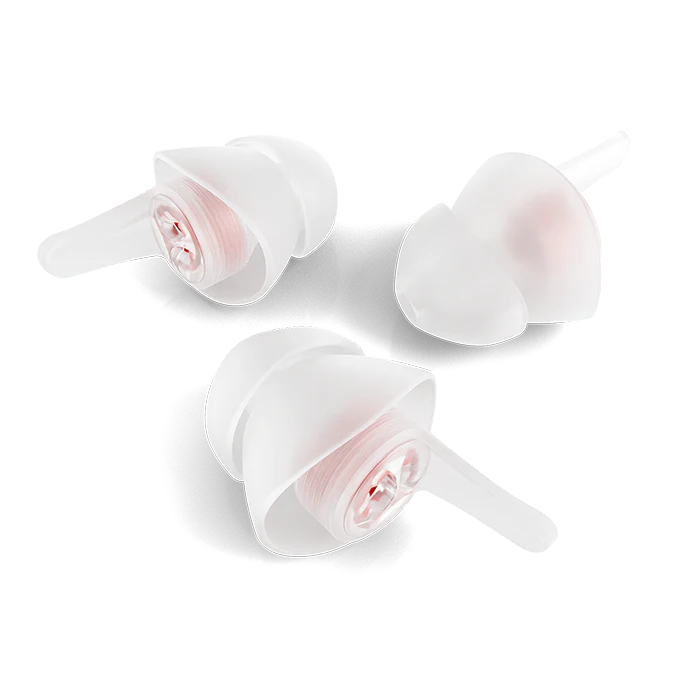
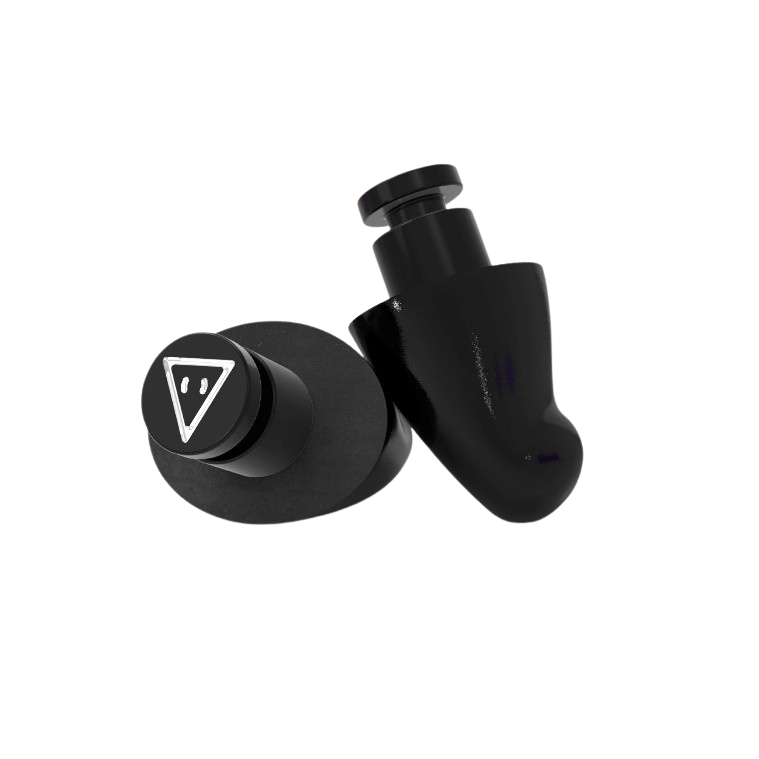
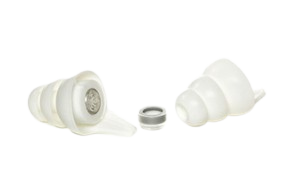
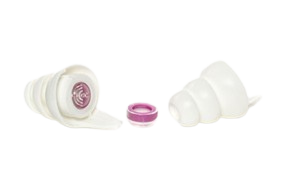
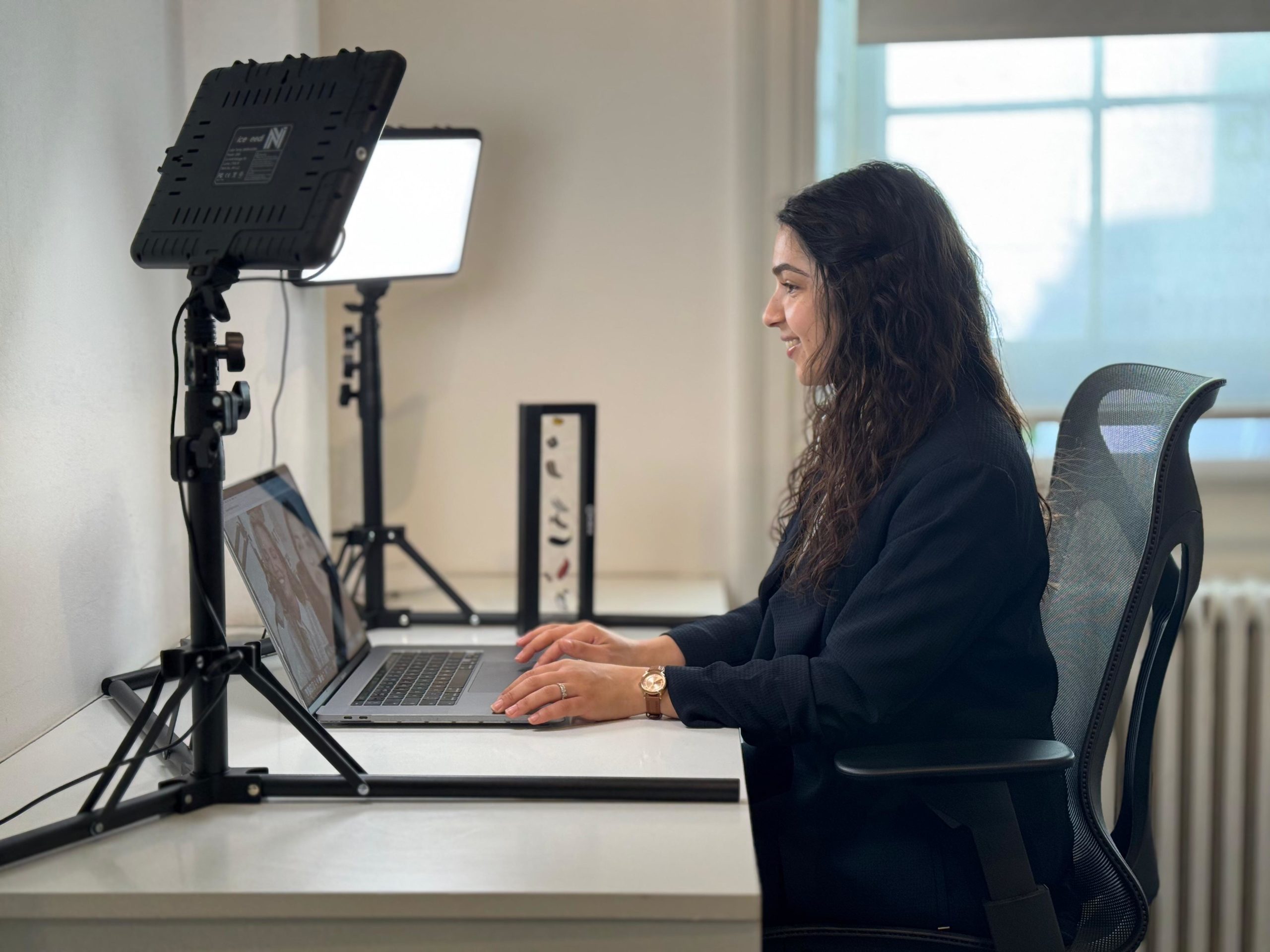
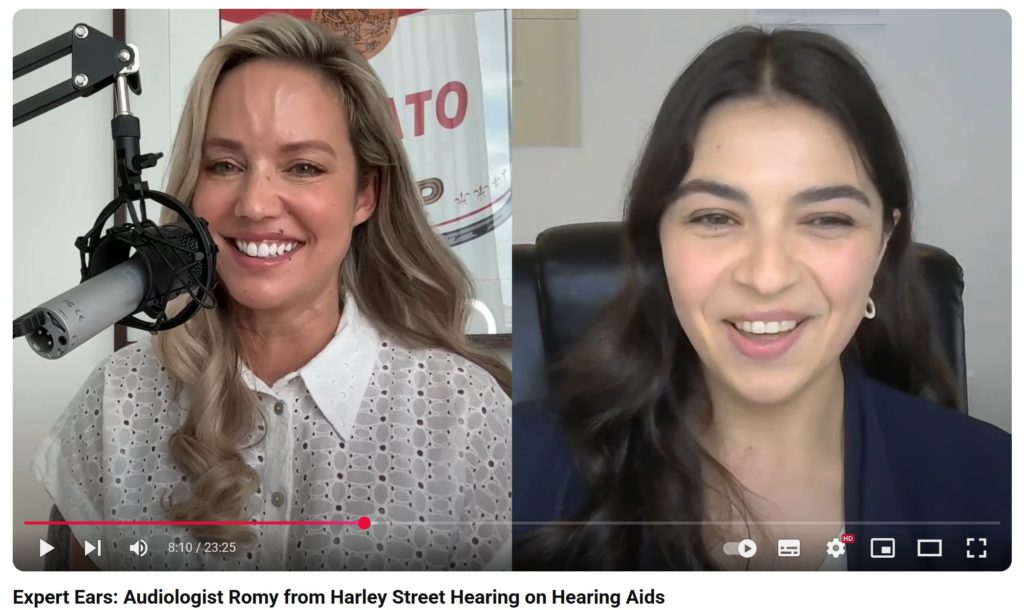



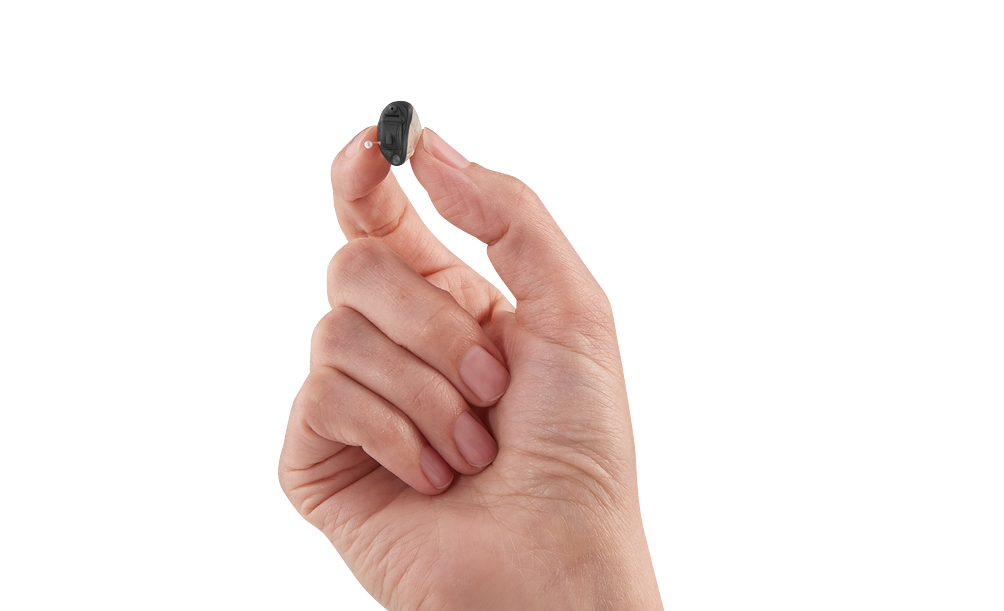


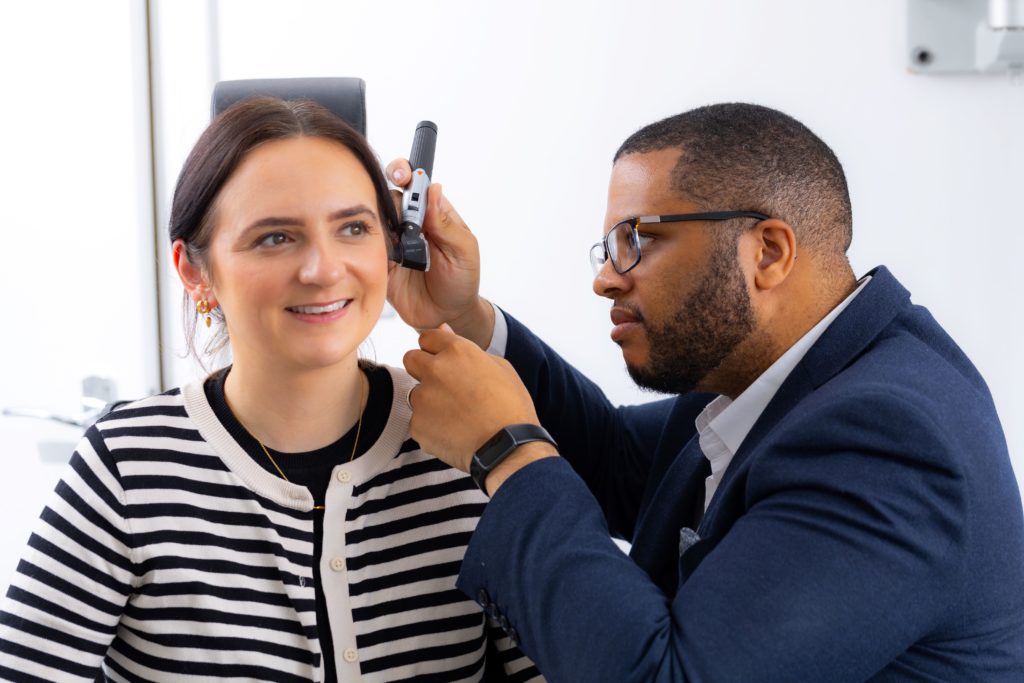


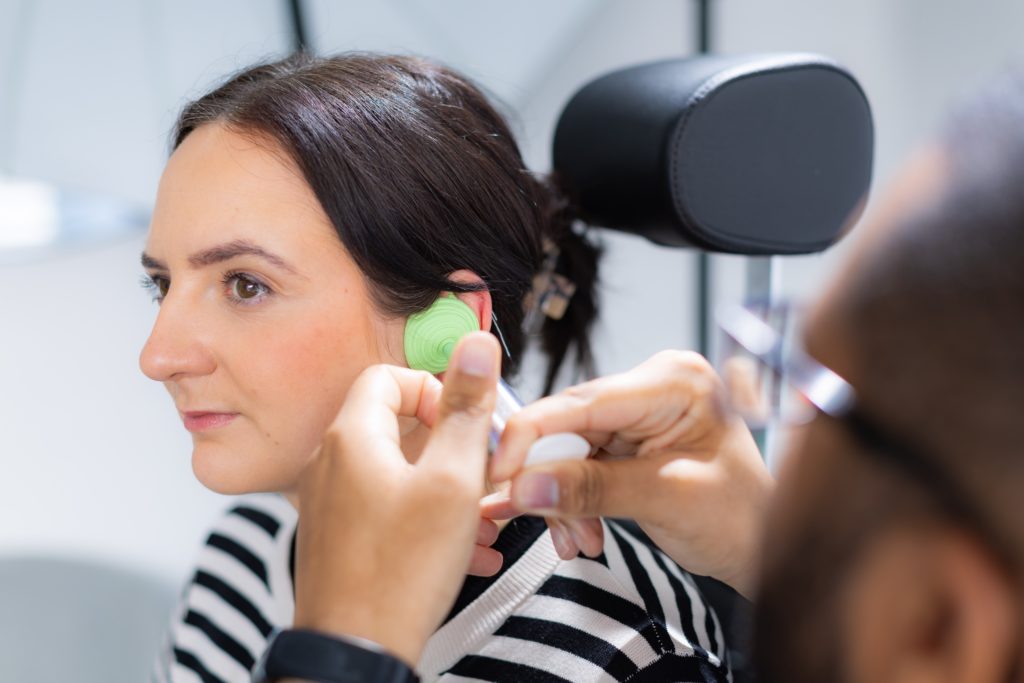
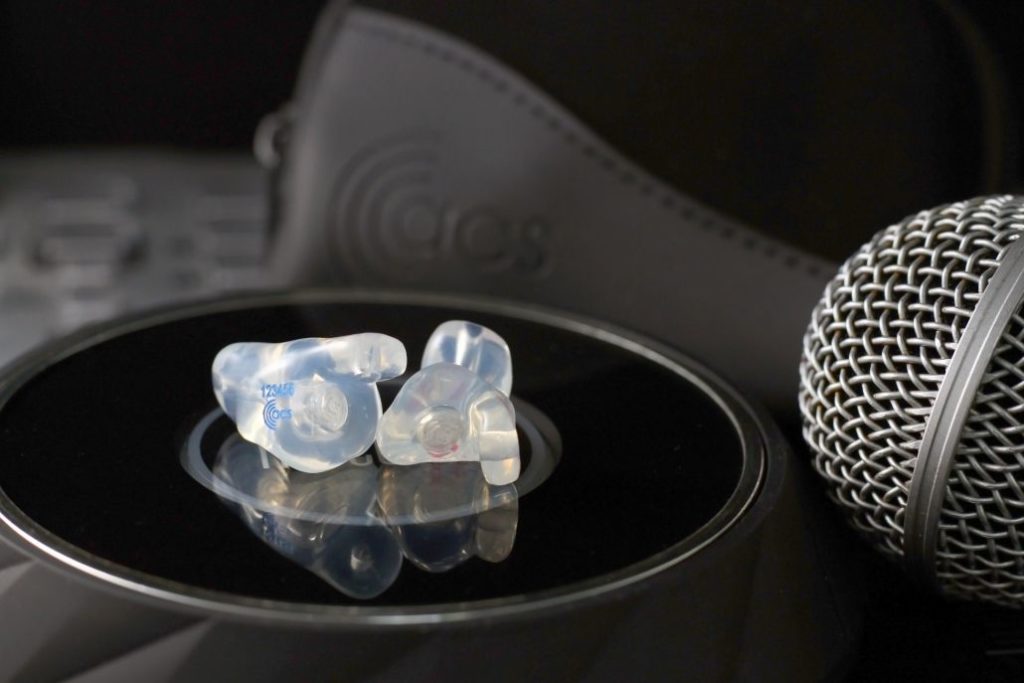







Recent Comments